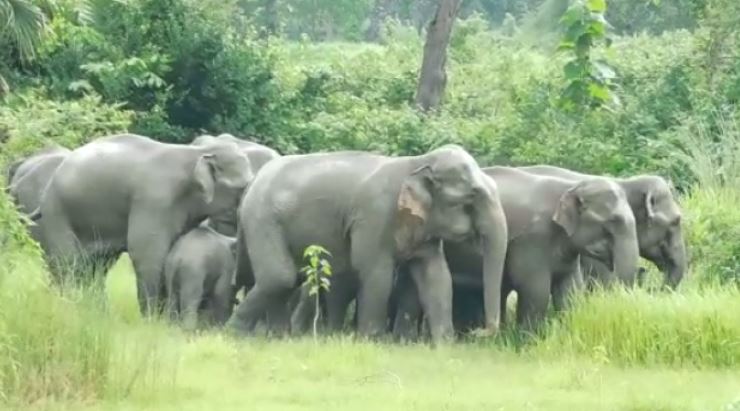Thiruvananthapuram: In a landmark decision, the Kerala Legislative Assembly passed the Kerala Wildlife Protection (Amendment) Act, 2025, making it the first state in India to formally amend portions of the Central Wildlife Protection Act, 1972.
This bold move is aimed primarily at addressing the escalating human-animal conflict along forest borders and empowering the State to act decisively in crisis scenarios.
Key Provisions of the Wildlife Protection Act
The Wildlife Protection Act authorises the Chief Wildlife Warden to permit killing, tranquilising, capturing, or translocating a wild animal that attacks humans or strays into human habitations—after due process and reporting by district collectors or forest officials. It allows the State government to declare animals listed under Schedule II of the Central Act as vermin, for specified periods, under strict conditions.
The law also mandates that any state rules made under this Act will be notified in the Gazette and placed before the Assembly for scrutiny. However, the bill still needs presidential assent to become fully effective, since it amends a central law.
Why Kerala amended Wildlife Protection Act
The state government justifies the amendment as a necessary tool to protect communities living near forests, who frequently face crop damage, property loss, and even threats to human life. Chief Minister Pinarayi Vijayan, in a social media post, emphasized that the reforms aim to balance human safety and wildlife protection.
“These reforms reaffirm Kerala’s commitment to safeguarding both human life and wildlife, fostering harmony between people and nature,” he wrote.
Forest Minister A. K. Saseendran admitted that repeated requests to the Central government for changes went unheeded, forcing the state to devise its own legal remedies.
Support & Opposition — The Mixed Chorus
Supporters say:
- The amendment provides legal clarity and speed in emergency scenarios involving wildlife.
- It helps states take proactive steps tailored to local ecological and social contexts.
- It could relieve hardship for forest-edge communities and reduce tensions on the ground.
Critics counter:
- Some conservationists argue the amendment undermines central oversight, risking inconsistent or harmful policies.
- Declaring wild animals as vermin may pave the way for misuse or overreach.
- Constitutional experts note that in matters of conflict, central laws override state laws on concurrent subjects.
- Environmental groups warn that bypassing expert consultation and debate may hurt biodiversity and legal robustness.
What Happens Next — Legal and Practical Hurdles
The amended bill will be sent to Raj Bhavan and then to the President of India, as only presidential assent can validate changes to a central statute.
Challenges in the Supreme Court are expected, particularly on constitutional grounds and interpretations of “vermin” or “attacking wild animals.”
Apart from it, on-ground implementation will demand strong checks and balances, transparency, and strict guidelines to ensure protection for both people and wildlife.
Final Word
Kerala’s bold step may set a precedent. By modestly redefining central wildlife rules at the state level, it tests the boundary between state innovation and central authority.
As the dust settles, the success of this experiment will depend on constitutional backing, legal scrutiny, and ethical, science-based implementation.



























